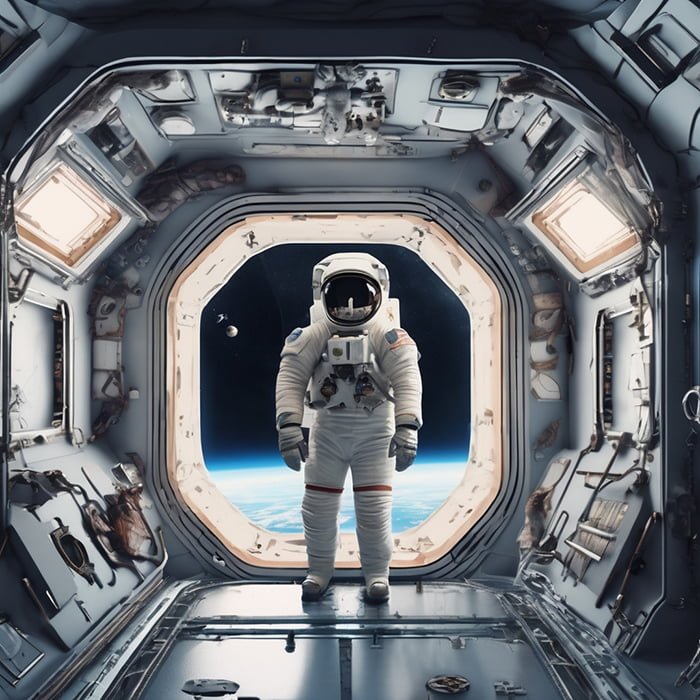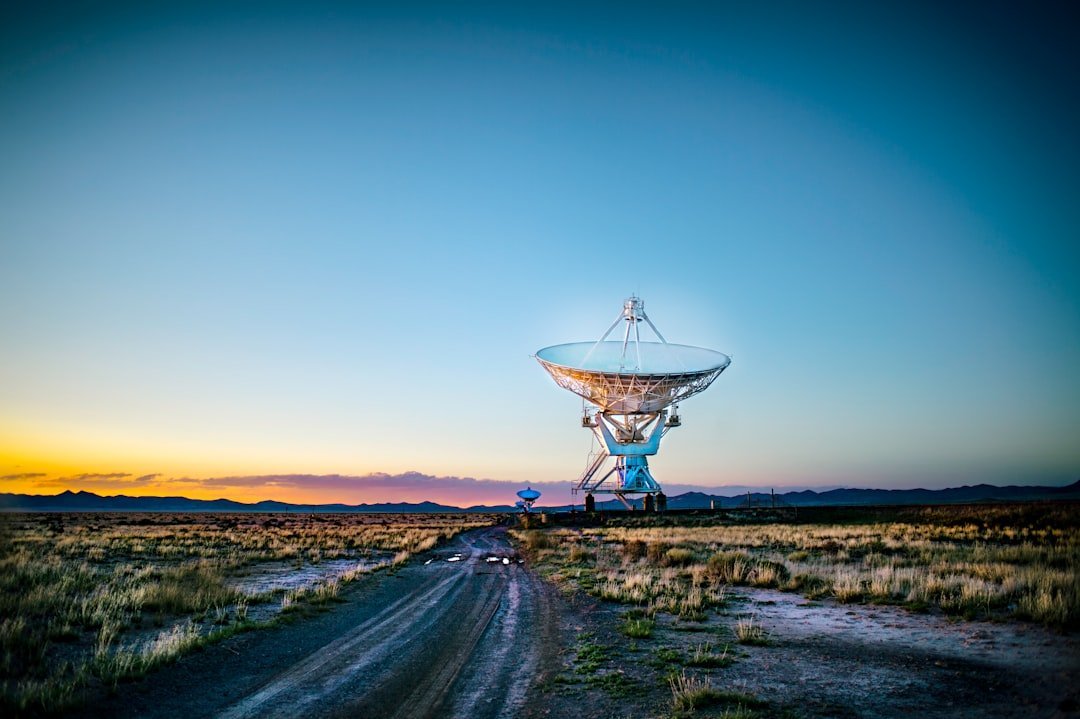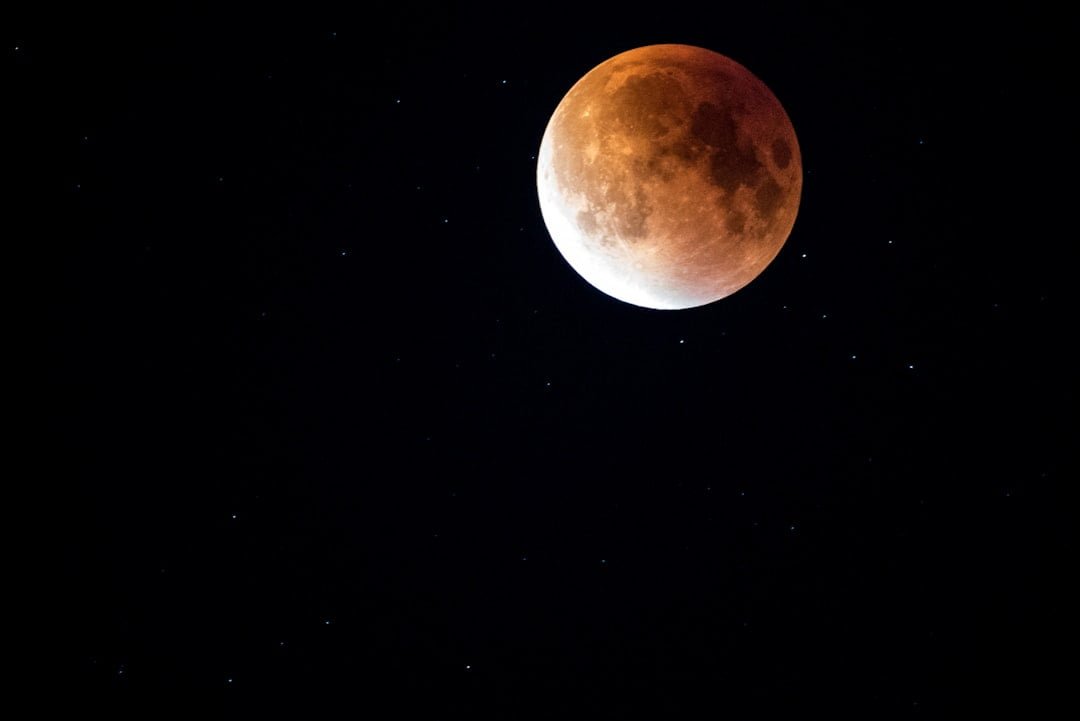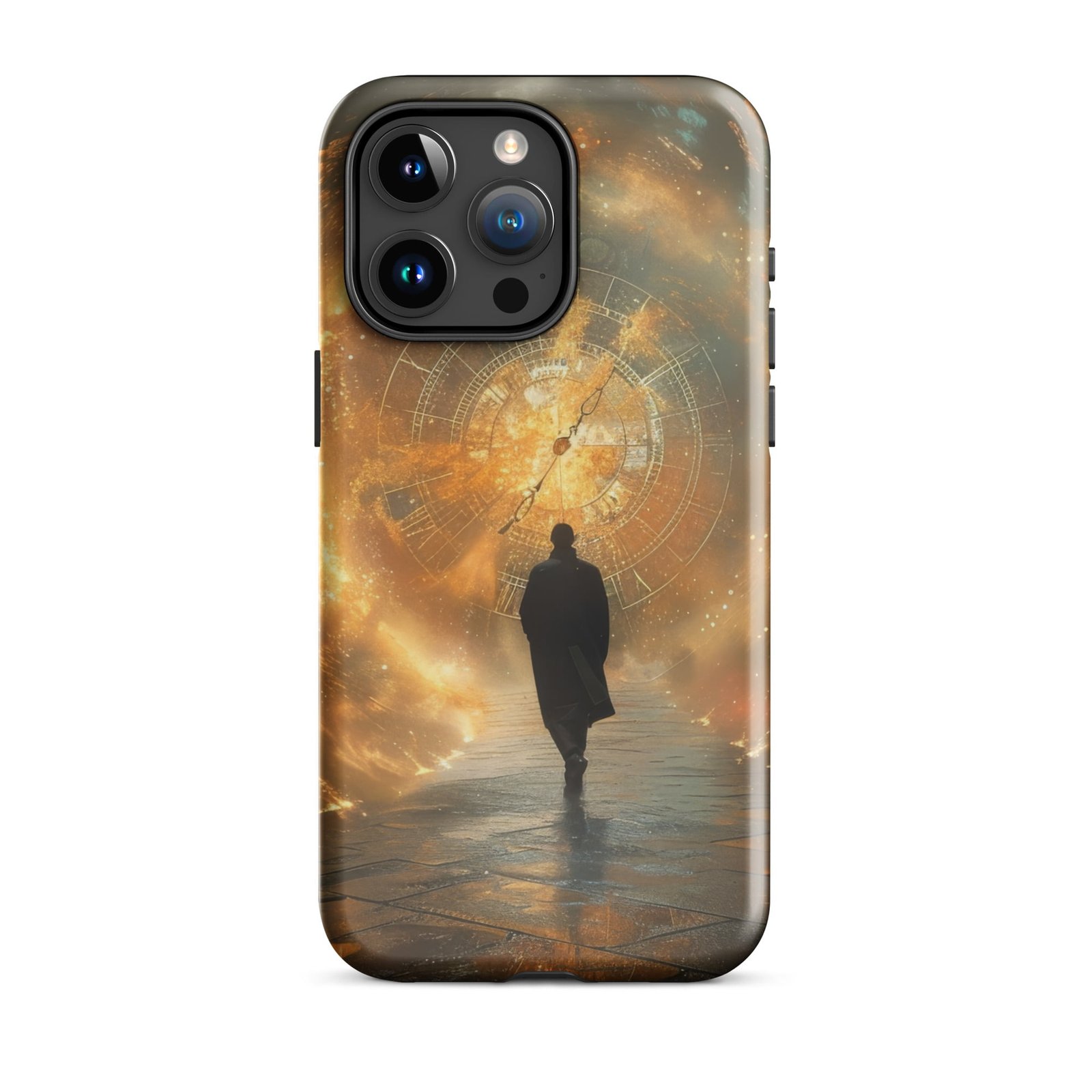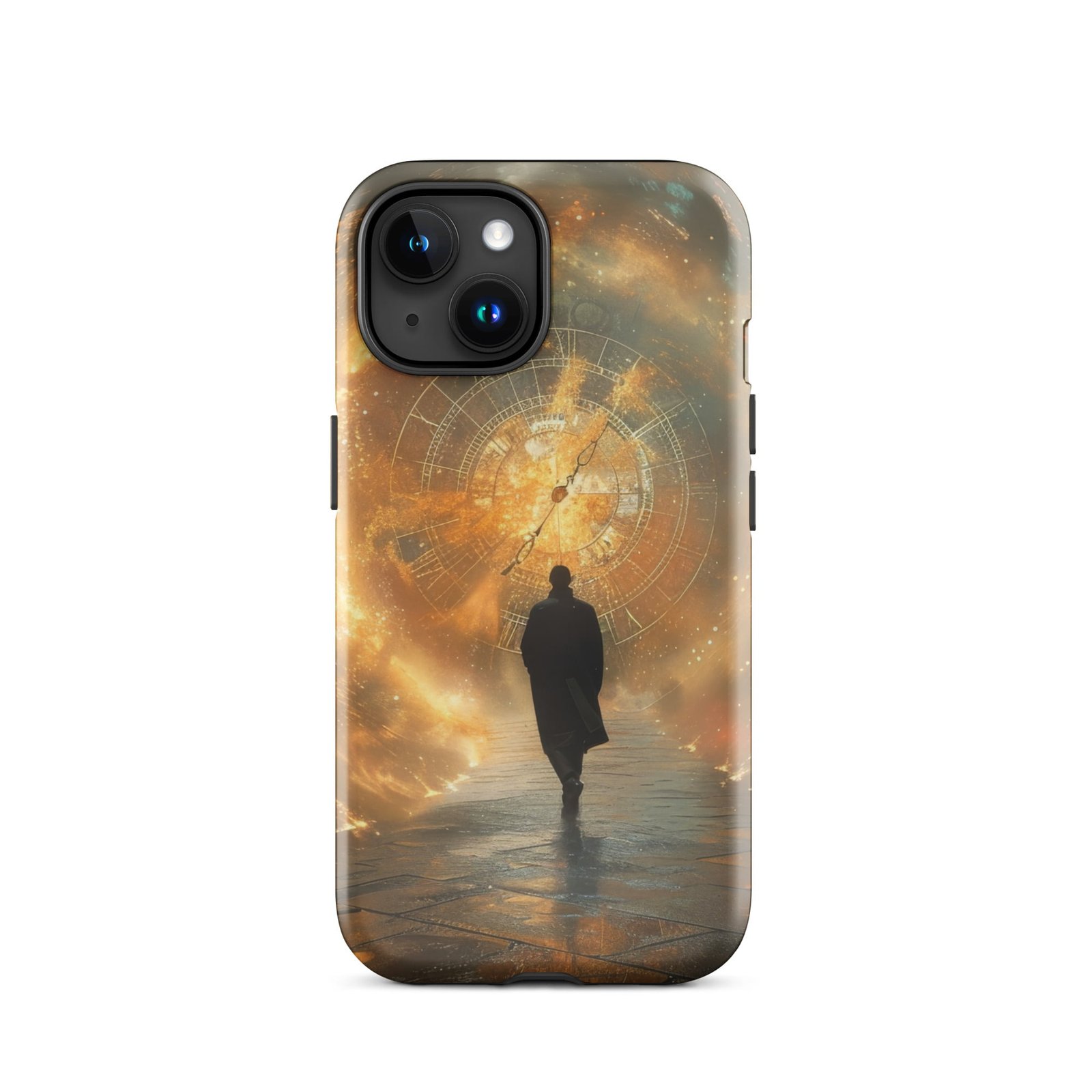Spacewalking, also known as extravehicular activity (EVA), is a crucial aspect of space exploration. It allows astronauts to venture outside their spacecraft and perform various tasks, such as repairs, maintenance, and scientific experiments. Spacewalking is a complex and challenging endeavor that requires careful planning, training, and the use of specialized equipment. Without the ability to perform spacewalks, our understanding of space and our ability to explore it would be severely limited.
Key Takeaways
- Walking in space is a unique and challenging experience that requires specialized training and equipment.
- Spacewalking has a rich history, with the first spacewalk taking place in 1965.
- Tools such as tethers, jet thrusters, and spacesuits are essential for spacewalking.
- Spacewalking comes with significant risks, including decompression sickness and equipment malfunctions.
- Despite the risks, spacewalking is crucial for space exploration and offers benefits such as repairing and maintaining spacecraft.
The Concept of Walking in Space

Walking in space is fundamentally different from walking on Earth due to the absence of gravity. On Earth, gravity provides a constant force that allows us to walk and move around effortlessly. In space, however, there is no gravity or very little gravity depending on the location. This lack of gravity makes it difficult for astronauts to walk in a traditional sense. Instead of walking, astronauts use a technique called “tethering” to move around in space. They attach themselves to the spacecraft or use safety lines to prevent drifting away.
The Challenges of Walking in Space
Walking in space presents several challenges that astronauts must overcome. One of the main challenges is the lack of gravity. Without gravity, astronauts must rely on their strength and coordination to move around in a weightless environment. This can be physically demanding and requires extensive training to develop the necessary skills.
Extreme temperatures are another challenge faced by astronauts during spacewalks. In space, temperatures can range from extremely hot to extremely cold depending on the location and exposure to sunlight. Astronauts must wear specialized spacesuits that provide insulation and temperature regulation to protect them from these extreme conditions.
Limited mobility is also a challenge during spacewalks. Spacesuits are bulky and restrict movement, making it difficult for astronauts to perform tasks that require fine motor skills or dexterity. Additionally, the lack of gravity makes it challenging for astronauts to maneuver and position themselves properly.
The History of Spacewalking
The concept of spacewalking dates back to the early days of space exploration. In the 1960s, both the United States and the Soviet Union made significant advancements in spacewalking technology. The first attempts at spacewalking were made by Soviet cosmonauts, who conducted several successful spacewalks in the Voskhod program.
The first American spacewalk took place on June 3, 1965, during the Gemini 4 mission. Astronaut Edward H. White II became the first American to walk in space, spending a total of 23 minutes outside the spacecraft. This historic moment marked a significant milestone in space exploration and paved the way for future spacewalks.
The First Spacewalk
The first spacewalk, also known as EVA-1 (Extravehicular Activity 1), took place on March 18, 1965, during the Voskhod 2 mission. Soviet cosmonaut Alexei Leonov became the first person to walk in space, spending a total of 12 minutes outside the spacecraft. Leonov’s spacewalk was a major achievement and demonstrated that humans could survive and work in the harsh conditions of space.
The first spacewalk was a significant milestone in space exploration for several reasons. It proved that humans could function outside their spacecraft and perform tasks in a weightless environment. It also opened up new possibilities for future missions, such as repairs and maintenance of spacecraft, scientific experiments, and exploration of other celestial bodies.
The Tools Used for Spacewalking
Spacewalking requires the use of specialized tools and equipment to ensure the safety and success of astronauts. One of the most important tools is the spacesuit, which provides life support, temperature regulation, and protection from micrometeoroids and radiation. Spacesuits are designed to be durable and flexible, allowing astronauts to move around in a weightless environment.
Tethers and safety lines are also essential tools for spacewalking. Astronauts use these lines to secure themselves to the spacecraft and prevent drifting away. Tethers are made of strong, lightweight materials and are designed to withstand the harsh conditions of space.
In addition to spacesuits and tethers, astronauts use a variety of tools for repairs and maintenance during spacewalks. These tools include wrenches, screwdrivers, drills, and specialized equipment for handling and manipulating objects in a weightless environment.
The Risks Involved in Spacewalking
Spacewalking is not without its risks. Astronauts face several potential hazards during spacewalks, including decompression sickness, radiation exposure, and equipment malfunctions.
Decompression sickness, also known as “the bends,” occurs when a person is exposed to a sudden decrease in pressure. During a spacewalk, astronauts transition from the pressurized environment of the spacecraft to the vacuum of space. If not properly managed, this rapid change in pressure can cause nitrogen bubbles to form in the bloodstream, leading to serious health issues.
Radiation exposure is another risk faced by astronauts during spacewalks. In space, astronauts are exposed to higher levels of radiation than they would experience on Earth. Prolonged exposure to radiation can increase the risk of cancer and other health problems.
Equipment malfunctions can also pose a significant risk during spacewalks. If a spacesuit or other critical equipment fails, it can jeopardize the safety and success of the mission. Astronauts must be prepared to troubleshoot and fix any issues that arise during a spacewalk.
The Benefits of Spacewalking
Despite the risks involved, spacewalking offers several benefits for space exploration. One of the main benefits is the ability to repair and maintain spacecraft. Spacecraft are complex machines that require regular maintenance and occasional repairs. Without the ability to perform spacewalks, these tasks would be impossible, and spacecraft would have a limited lifespan.
Spacewalking also allows astronauts to conduct experiments and gather data in a unique environment. The microgravity of space provides a valuable opportunity to study the effects of weightlessness on the human body and conduct experiments that would not be possible on Earth.
Furthermore, spacewalks help prepare astronauts for future space missions. By practicing and refining their skills in a weightless environment, astronauts gain valuable experience and knowledge that can be applied to future missions, such as long-duration space travel and exploration of other planets.
The Future of Spacewalking
The future of spacewalking looks promising, with advancements in technology and ongoing research. One area of focus is the development of advanced spacesuit technology. Scientists and engineers are working on creating lighter, more flexible spacesuits that provide better mobility and protection for astronauts.
Another area of interest is the potential for longer spacewalks. Currently, spacewalks typically last a few hours, but there is a growing interest in extending the duration of spacewalks to several days or even weeks. This would allow astronauts to perform more complex tasks and gather more data during their time outside the spacecraft.
There is also the possibility of spacewalking on other planets. As humans continue to explore the solar system, there may come a time when astronauts venture outside their spacecraft on other celestial bodies, such as Mars or the Moon. This would present new challenges and opportunities for spacewalking.
The Training Required for Spacewalking
Spacewalking requires extensive training to ensure the safety and success of astronauts. Physical fitness is crucial, as spacewalks can be physically demanding and require strength, endurance, and coordination. Astronauts undergo rigorous physical training to prepare their bodies for the challenges of spacewalking.
Mental preparation is also essential for spacewalking. Astronauts must be able to remain calm and focused in high-stress situations and make split-second decisions. They undergo psychological training to develop the mental resilience and problem-solving skills necessary for spacewalks.
Simulation training is a vital component of spacewalk preparation. Astronauts practice spacewalk procedures and scenarios in simulated environments, such as neutral buoyancy pools or virtual reality simulations. This allows them to familiarize themselves with the equipment, practice their movements, and develop muscle memory.
Teamwork is another crucial aspect of spacewalking. Astronauts must work closely with their crewmates and ground control to ensure the success of the mission. They undergo team-building exercises and learn effective communication and collaboration techniques.
The Importance of Spacewalking in Space Exploration
Spacewalking plays a vital role in space exploration and contributes to scientific research, advancements in space technology, and the potential for future space missions.
One of the main contributions of spacewalking is to scientific research. Spacewalks allow astronauts to conduct experiments in a unique environment and gather data that can help scientists better understand the universe. For example, astronauts have conducted experiments on the effects of microgravity on the human body, studied the behavior of materials in space, and collected samples from celestial bodies.
Spacewalking also drives advancements in space technology. The challenges faced during spacewalks require innovative solutions and the development of new technologies. For example, spacesuit technology has evolved significantly over the years, with improvements in mobility, durability, and life support systems.
Furthermore, spacewalking prepares astronauts for future space missions. The skills and knowledge gained from spacewalks can be applied to long-duration space travel, such as missions to Mars or beyond. By practicing and refining their skills in a weightless environment, astronauts become better equipped to handle the challenges of future missions.
Spacewalking is a critical aspect of space exploration that allows astronauts to venture outside their spacecraft and perform various tasks. It presents unique challenges, such as the lack of gravity, extreme temperatures, and limited mobility. However, spacewalking also offers several benefits, including the ability to repair and maintain spacecraft, conduct experiments in space, and prepare for future space missions.
The future of spacewalking looks promising, with advancements in spacesuit technology, potential for longer spacewalks, and the possibility of spacewalking on other planets. However, spacewalking requires extensive training in physical fitness, mental preparation, simulation training, and teamwork.
Overall, spacewalking plays a crucial role in advancing our understanding of space and our ability to explore it. It contributes to scientific research, advancements in space technology, and the potential for future space missions. Without the ability to perform spacewalks, our exploration of space would be severely limited.
If you’re fascinated by the mysteries of space, you might also be interested in exploring the question of which two planets Earth is situated between. The Universe Episodes website has an informative article that delves into this topic. Discover the unique positioning of our home planet and gain a deeper understanding of its place in the solar system. To learn more, check out the article here.

